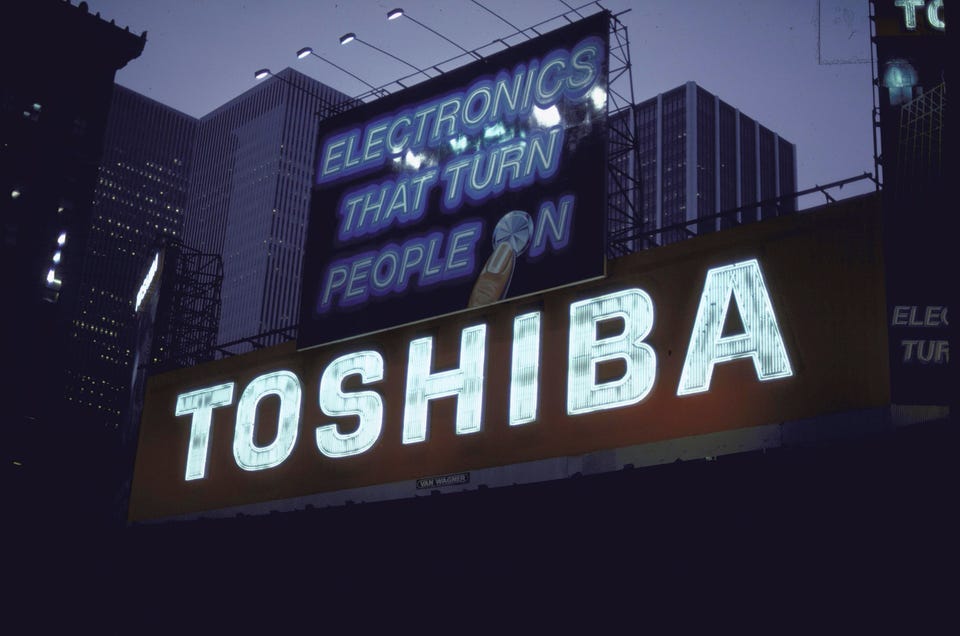Storage Implications From The Toshiba Buyout


Toshiba’s board of directors recently accepted a buyout offer from a private Japanese consortium (Japan Industrial Partners) for about $15B. The agreement still needs approval by the shareholders. The consortium is a buyout fund made up of major banks and companies. Toshiba has been trying to restructure itself for several years after it was plunged into debt from its Nuclear Power business.
Earlier efforts to keep the company in business included its sale of much of its profitable NAND flash business to an international consortium of investors. This business is currently operating as Kioxia. Toshiba maintains about a 41% ownership of Kioxia. This ownership would presumably transfer to Toshiba’s new owners, should the shareholders approve the buyout package. Kioxia owns NAND flash fabrication facilities jointly with Western Digital Corporation (WDC). Both Kioxia and WDC provide funding for the NAND development and manufacturing.
Toshiba also is the third largest manufacturer of hard disk drives (HDDs). In 2022 Toshiba supplied about 20% of all HDDs shipped (see figure below).

Toshiba makes both 2.5-inch HDDs and 3.5-inch hard disk drives. In 2022 about 67% of the company’s HDDs were used in PC and consumer applications (desktop, laptop and consumer), about 8% for high performance enterprise and data center application and the rest (about 25%) were used for nearline storage for enterprise and data centers. About 73% of Toshiba’s HDD exabyte shipments were in nearline drives in 2022. Note that PC and consumer
Both the NAND flash business and the HDD business are suffering from declining demand for storage due to current economic factors and temporary reductions in data center storage demand. Data center demand is expected to pick up again later in 2023 as total demand for digital storage increases. This will improve HDD demand despite steady declines in demand for PC and consumer HDDs as well as higher performance storage. These applications are gradually converting to SSDs.
In the case of SSDs and NAND flash, the industry currently has more production capacity than demand and thus NAND flash prices are at historic lows (note that Toshiba, WDC, Samsung, SK hynix and Micron are all major producers of NAND flash). Kioxia currently has about a 21% share of the NAND flash business and its partner WDC has about a 13% market share. Demand for NAND flash and SSDs will increase as data center demand recovers and as demand for consumer products using NAND flash increase. As NAND demand increases this will eventually grow to meet production capacity and prices will rise again.
So, Toshiba’s share of Kioxia as well as its HDD business are currently not providing significant returns to the company. Will this lead to Toshiba divesting either of these businesses? Unless the company is starved for cash, I suspect that this won’t happen. With eventual recovery of the world economy perhaps later in 2023 and the growth of data generated and stored to drive digital transformation in every industry, demand for both HDDs and NAND Flash (and thus SSDs) will grow and both businesses will likely generate profits by 2024.
The sale of Toshiba to a private investment consortium probably won’t impact the company’s NAND flash or HDD business unless the consortium needs to raise funds at any cost. Both businesses are currently in a downturn, which will likely recover later in 2023 or in 2024 as the economy recovers to meet increasing digital storage demand.
